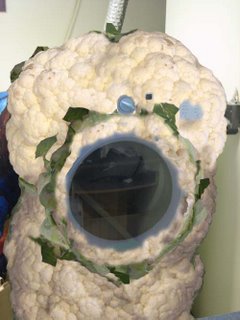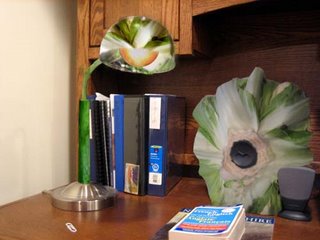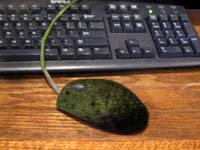Cyborg Manifesto
I must say that this was rather intense. I really couldn’t understand what Donna Haraway was talking about even after reading again. I kept on getting confused. However, I think I got a little understanding about the information she was trying to convey. At the center of her ironic article, Donna Haraway introduces and defines the CYBORG which is a cybernetic organism, a hybrid of machine and organism, a creature of social reality as well as a creature of fiction. She narrates that Cyborg’s are fact of the present, rather than the future, by indicating the three current "border crossings": the blurring of animal and human; human and machine; and the physical and non-physical.
Further in the article, Haraway deals specifically with the issue of feminist and strongly criticizes the radical feminism of Catherine MacKinnon, arguing that the search for the "essential woman" is not only elusive, it is dangerous. Her concept of the cyborg is a matter of fiction and lived experience that changes what counts as women's experience in the late twentieth century.
I think that the whole article is based on feminism and why we are cyborgs in Donna’s eyes.




